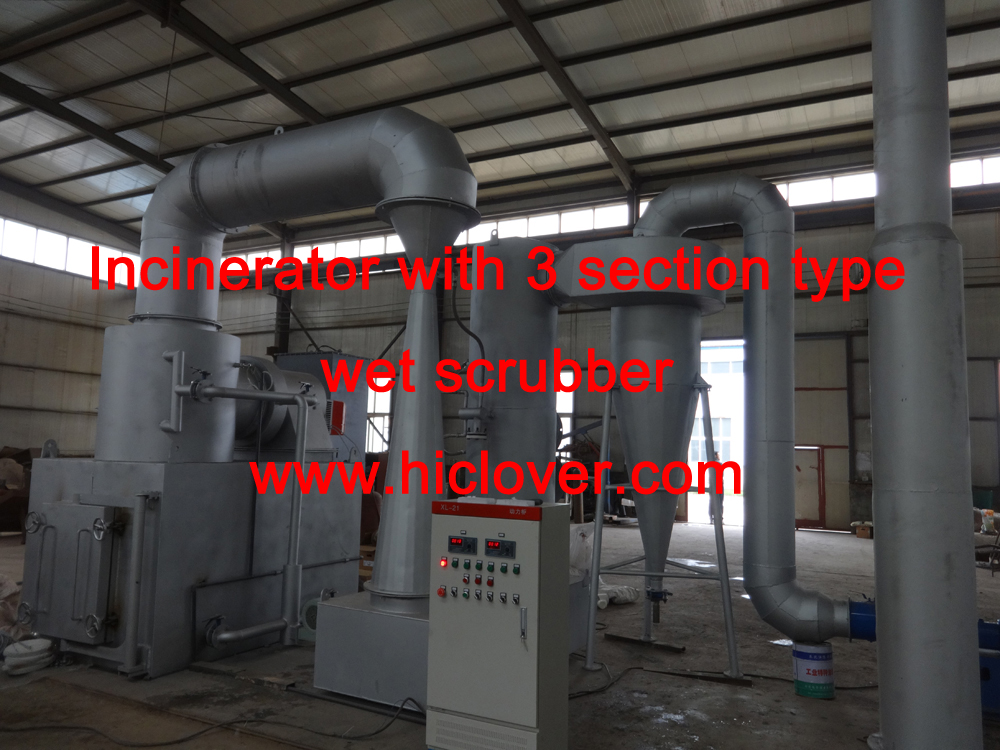Waste management is a pressing issue in our modern world, as the population continues to grow and consumerism remains at an all-time high. Traditional methods of waste disposal, such as landfilling and open-air burning, are not sustainable in the long term and have negative environmental impacts. As a result, there has been an increasing focus on finding innovative and sustainable solutions for waste management, such as incineration.
Incineration is the process of burning waste materials at high temperatures to convert them into ash, flue gas, and heat. While incineration has been used for decades, there have been significant advancements in incinerator design that have made this method of waste management more efficient, cost-effective, and environmentally friendly.
One of the key innovations in incinerator design is the incorporation of advanced flue gas cleaning systems. These systems are designed to remove harmful pollutants and emissions from the flue gas generated during the incineration process. This helps to minimize the environmental impact of incineration and ensures that the air quality remains high in the surrounding areas. Additionally, advanced flue gas cleaning systems can recover energy from the flue gas, further increasing the overall efficiency of the incineration process.
Another important innovation in incinerator design is the development of waste-to-energy (WtE) plants. These plants use the heat generated during the incineration process to produce electricity and heat. This not only reduces the amount of waste that needs to be landfilled, but also helps to reduce reliance on fossil fuels for energy production. WtE plants play a crucial role in the transition towards a circular economy, where waste is viewed as a valuable resource rather than a disposable material.
Furthermore, advancements in automation and control technology have made incinerators more efficient and reliable. These technologies allow for precise control of the incineration process, ensuring that waste is burned at the optimal temperature and for the right amount of time. This not only improves the overall efficiency of incineration, but also reduces the likelihood of harmful emissions being released into the environment.
There has also been a focus on developing smaller-scale, modular incinerator systems that can be deployed in remote or underserved areas. These systems are designed to be easily transportable and can be used to manage waste in areas where traditional waste management infrastructure is lacking. This helps to reduce the environmental and public health risks associated with open-air burning and unregulated landfilling in these areas.
In conclusion, the future of waste management lies in the development and implementation of innovative incinerator designs. These advancements are making incineration a more sustainable and viable option for waste disposal, helping to reduce reliance on landfilling and open-air burning. With the incorporation of advanced flue gas cleaning systems, waste-to-energy plants, automation and control technology, and smaller-scale incinerator systems, the environmental impact of incineration can be minimized, while also harnessing the energy potential of waste. As we continue to strive towards a more sustainable future, these innovations in incinerator design will play a crucial role in shaping the way we manage waste.



